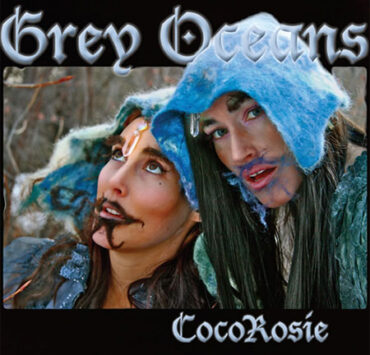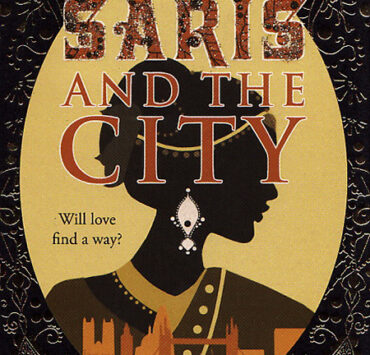V. S. Naipaul, often touted as Conrad’s heir, clearly lacks the sympathetic side of the Polish British novelist. If Chinua Achebe managed to find traces of racism in Heart of Darkness, it would be quite interesting to hear what he has to say about Naipaul’s latest travelogue, where he ruthlessly (at times presumptively) explores how African belief and religion, affected by the two invading religions—Christianity and Islam—have in turn affected the “progress of civilisation”.

The Masque of Africa book cover; courtesy of Picador India.
Neatly divided into six parts, each part corresponding to a particular country, The Masque of Africa does give you what it promises—glimpses of African belief—but not a bit more. The writer takes you to tombs, shrines and initiations and pits them against Protestant, Catholic, and Evangelical or “rock and roll” churches and mosques of Shias, Sunnis, and Ismailis. His main sources of information are the people he meets—everyone from kings, queens, and chiefs, to businessmen, bankers, and lawyers, to writers, teachers, and academics. Interesting, yes. Reliable, no. Occasionally, he refers to earlier explorers like Speke, Grant, Stanley, and Mary Kingsley, as well.
Naipaul begins in Uganda, where he had gone before in 1966, as a writer in residence at Makerere University in Kampala. This time around, he isn’t too happy because he feels that the place has only deteriorated over the years. This disappointment increases further and so does his grouchiness. A backpacker’s woes might be entertaining, but it’s hard to feel sorry for a luxurious traveler just because he had to put up “with the deficiencies of the small, bare room: the broken safe, the empty refrigerator”. The incident in question takes place in Nigeria, which is his second stop. After that he goes to Ghana, the Ivory Coast, Gabon, and wraps it up in South Africa. The last part of the book is full of clichés about apartheid and how people are “made by the intrusive laws”. It has nothing new to offer regarding religious beliefs and an attempt at justification has been made by saying that here “race ran as deep as religion elsewhere”.
According to V.S. Naipaul, “to believe in the traditional African religion was to be on the defensive”, since it has no doctrine. Education or rather the lack of it irks him. So does, indeed, the rising population, which he points out is surprisingly not curbed, either by the innumerable wars or the A.I.D.S. epidemic. It seems to him as if “nature, going against logic, wished to outdo itself”.
On the topic of the slow death of traditional religion, Pa-boh, who talks specifically about Ghana, puts it really beautifully: “It started to die when the Europeans and Muslims came and saw us as pagans. We have witches who fly in the air. But when we saw aircraft we came to abhor what was our culture.” The culture with its enduring magic, witchdoctors, concept of “energy”, communicating with ancestors by “the throwing of the bones” or eating the hallucinogenic plant “eboga” and ritual sacrifices, as always, make for a good read. Cruelty to animals does not go down well with Naipaul. Be it dogs, cats, horses, or elephants. The two or three animal lovers he met there get a special mention.
The thing about travel writing is that it tends to be subjective. When the writer is tired and prone to cribbing you cannot expect much. The Africa I found in this book was nothing like the one I fondly remember. For those who have not been there, do read it for the riveting anecdotes, but don’t let Naipaul sum it all up for you.
[Picador India; ISBN 978-0-33-047205-0]







